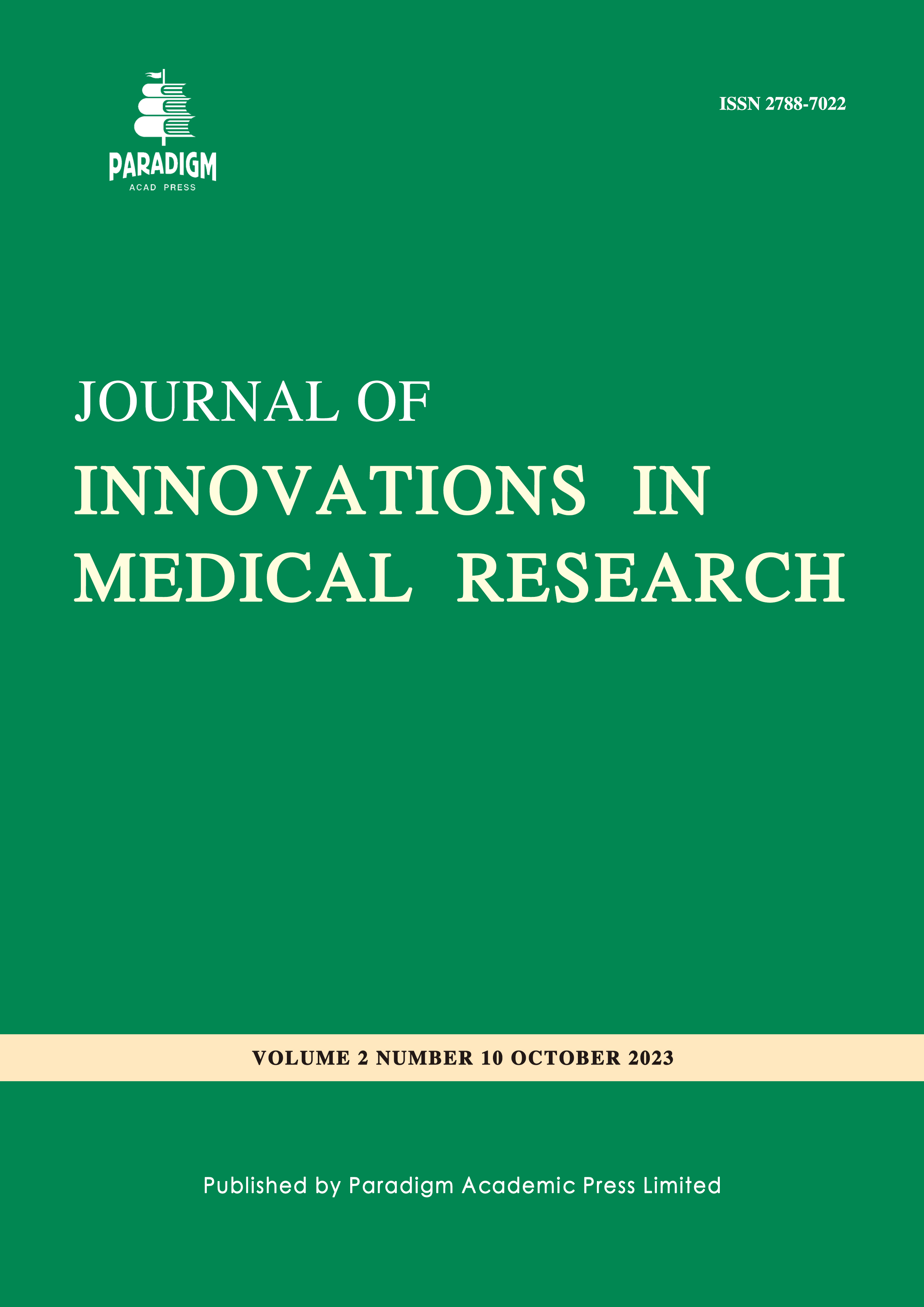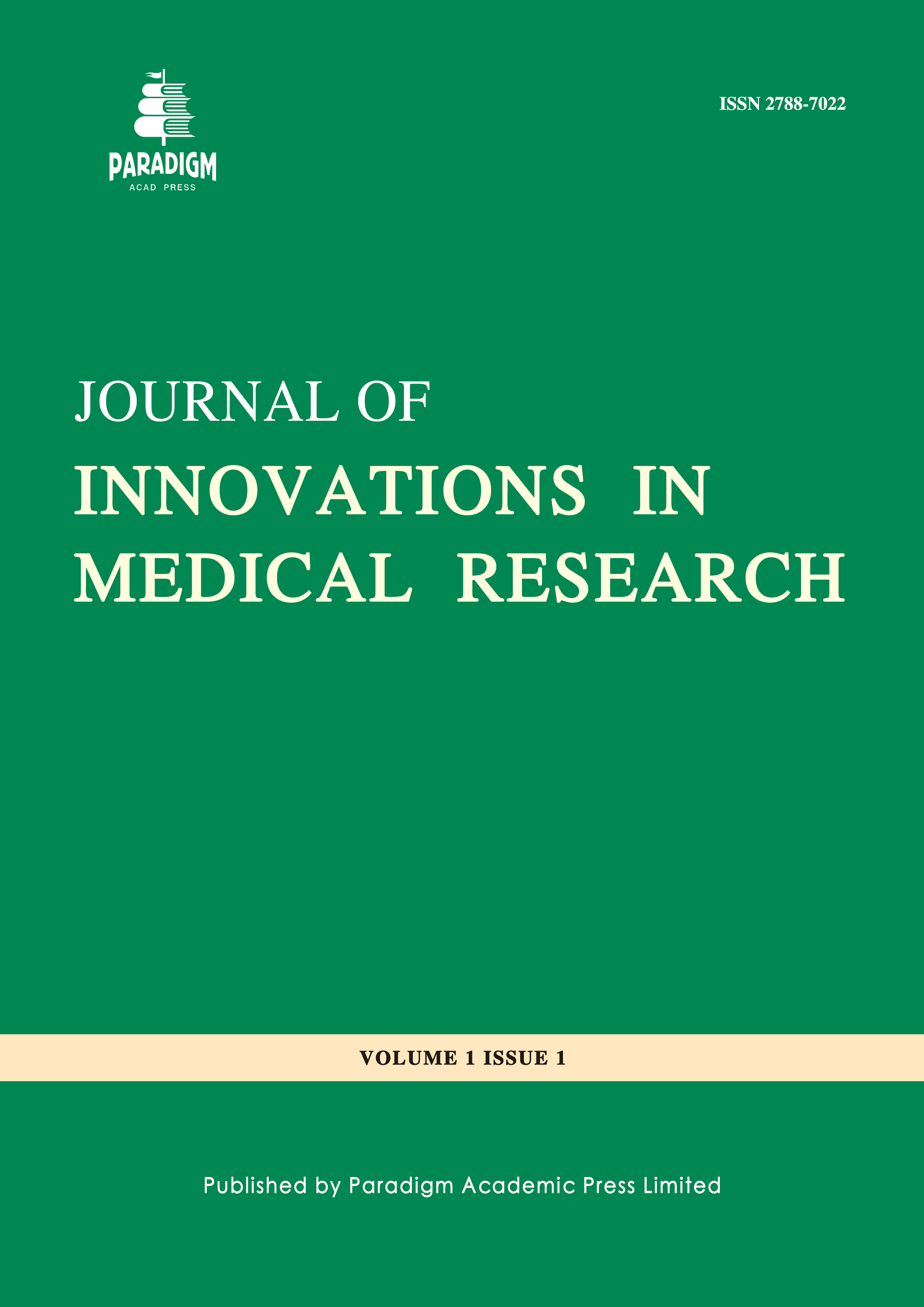Hyperosmolar Hyperglycaemic State: A Life-Threatening Complication of Type 2 Diabetes Patients
Keywords:
hyperglycemia, hyperosmolar, HHS management, fluid therapy, non-ketotic comaAbstract
Hyperosmolar hyperglycaemic state (HHS) is a life-threatening complication of type 2 diabetes (T2D), but it is preventable. There is no precise definition of HHS. It is characterized by severe hyperglycaemia with blood glucose levels greater than 600 mg/dl (33.3 mmol/l), a marked increase in serum osmolality greater than 320 mOsm/kg, and severe dehydration without significant ketoacidosis (<3 mmol/l). Early clinical diagnosis and prompt treatment, such as insulin therapy, restoration of electrolyte disturbances and management of concurrent illnesses may improve the outcome. Intravenous insulin and fluid replacement with careful monitoring are the main treatment policy of HHS. In this study an attempt has been taken to discuss various effects of HHS with prevention and treatment of this complication of diabetes.



